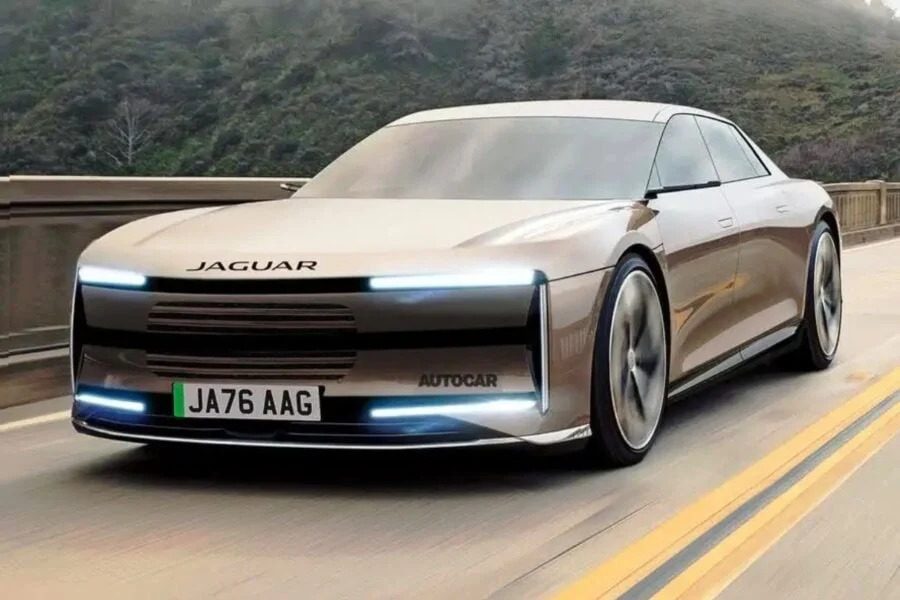
Understanding Car Financing Options: What’s Best for Your Wallet?
Purchasing a car is a significant financial decision, and understanding your financing options is crucial to making the right choice for your wallet. With various financing methods available, from traditional loans to leasing, it’s essential to know which option aligns with your financial goals and lifestyle. In this guide, we’ll explore the different car financing options, their advantages and disadvantages, and how to determine the best fit for your budget.
The Basics of Car Financing
Car financing refers to the methods used to pay for a vehicle over time, rather than in a single upfront payment. The most common car financing options include dealership financing, bank or credit union loans, leasing, and paying with cash. Each option has its own set of terms, interest rates, and long-term financial implications.

Dealership Financing
What It Is:
Dealership financing involves securing a loan directly through the car dealership where you’re purchasing the vehicle. The dealership typically partners with various lenders, allowing you to compare different offers on-site.
Pros:
- Convenience: Everything is handled in one place, making it a time-efficient option.
- Promotions and Deals: Dealerships often offer promotional interest rates or incentives that can lower your overall cost.
- Flexible Terms: You may have the option to choose from various loan terms and conditions.
Cons:
- Higher Interest Rates: Dealerships may offer higher interest rates compared to other lenders.
- Pressure to Buy Add-Ons: You might face pressure to purchase additional products like extended warranties or gap insurance, increasing the overall cost.
Bank or Credit Union Loans
What It Is:
Financing through a bank or credit union involves securing a loan from these financial institutions before you visit the dealership. This option allows you to shop around for the best interest rates and loan terms.
Pros:
- Lower Interest Rates: Banks and credit unions often offer competitive interest rates, especially for customers with good credit.
- Pre-Approval: Getting pre-approved gives you a clear budget and strengthens your negotiating power at the dealership.
- Personalized Service: Credit unions, in particular, may offer more personalized service and better customer care.
Cons:
- Separate Process: The loan application process is separate from the car purchase, which may require more time and effort.
- Limited Offers: Unlike dealerships, banks and credit unions may not offer promotional deals or incentives.
Leasing
What It Is:
Leasing a car involves making monthly payments to use the vehicle for a set period, typically two to four years, with the option to buy the car at the end of the lease term.
Pros:
- Lower Monthly Payments: Lease payments are generally lower than loan payments because you’re only paying for the vehicle’s depreciation during the lease term.
- Newer Models: Leasing allows you to drive a new car every few years without the long-term commitment of ownership.
- Lower Maintenance Costs: Leased cars are usually under warranty, reducing out-of-pocket maintenance expenses.
Cons:
- Mileage Limits: Leases come with mileage limits, and exceeding these limits can result in hefty penalties.
- No Equity: Monthly payments don’t contribute to ownership, meaning you won’t have any equity in the car at the end of the lease.
- Strict Terms: Early termination of a lease can be costly, and you may face fees for excessive wear and tear.
Paying with Cash
What It Is:
Paying with cash means purchasing the vehicle outright without financing. This option is typically chosen by buyers who have saved enough money to avoid taking out a loan.
Pros:
- No Interest Payments: Since there’s no loan, you avoid paying interest, making the overall cost of the car lower.
- Ownership: You own the car outright from the start, giving you full control over its use and resale.
- Simplified Process: The buying process is straightforward, with no need to negotiate loan terms or manage monthly payments.
Cons:
- Ties Up Cash: Paying with cash can deplete your savings, leaving you with less financial flexibility for other needs.
- No Credit Benefits: Financing a car responsibly can help build your credit score, an advantage you miss out on when paying with cash.
- Opportunity Cost: The money used to buy the car could potentially earn returns if invested elsewhere.
Choosing the Right Financing Option
Selecting the best car financing option depends on several factors, including your financial situation, credit score, and how long you plan to keep the vehicle. Here are some tips to help you make the right decision:
- Evaluate Your Budget: Determine how much you can afford to pay monthly without stretching your finances too thin.
- Consider the Total Cost: Look beyond monthly payments and consider the total cost of ownership, including interest, maintenance, and depreciation.
- Think About Your Long-Term Plans: If you prefer driving new cars frequently, leasing might be a better option. If you plan to keep the car for many years, buying with a loan or cash could be more economical.
Conclusion
Understanding your car financing options is crucial for making a decision that benefits your wallet in the long run. Whether you choose dealership financing, a bank loan, leasing, or paying with cash, each option has its unique advantages and disadvantages. By carefully considering your financial situation and future plans, you can select the car financing option that best aligns with your goals.




